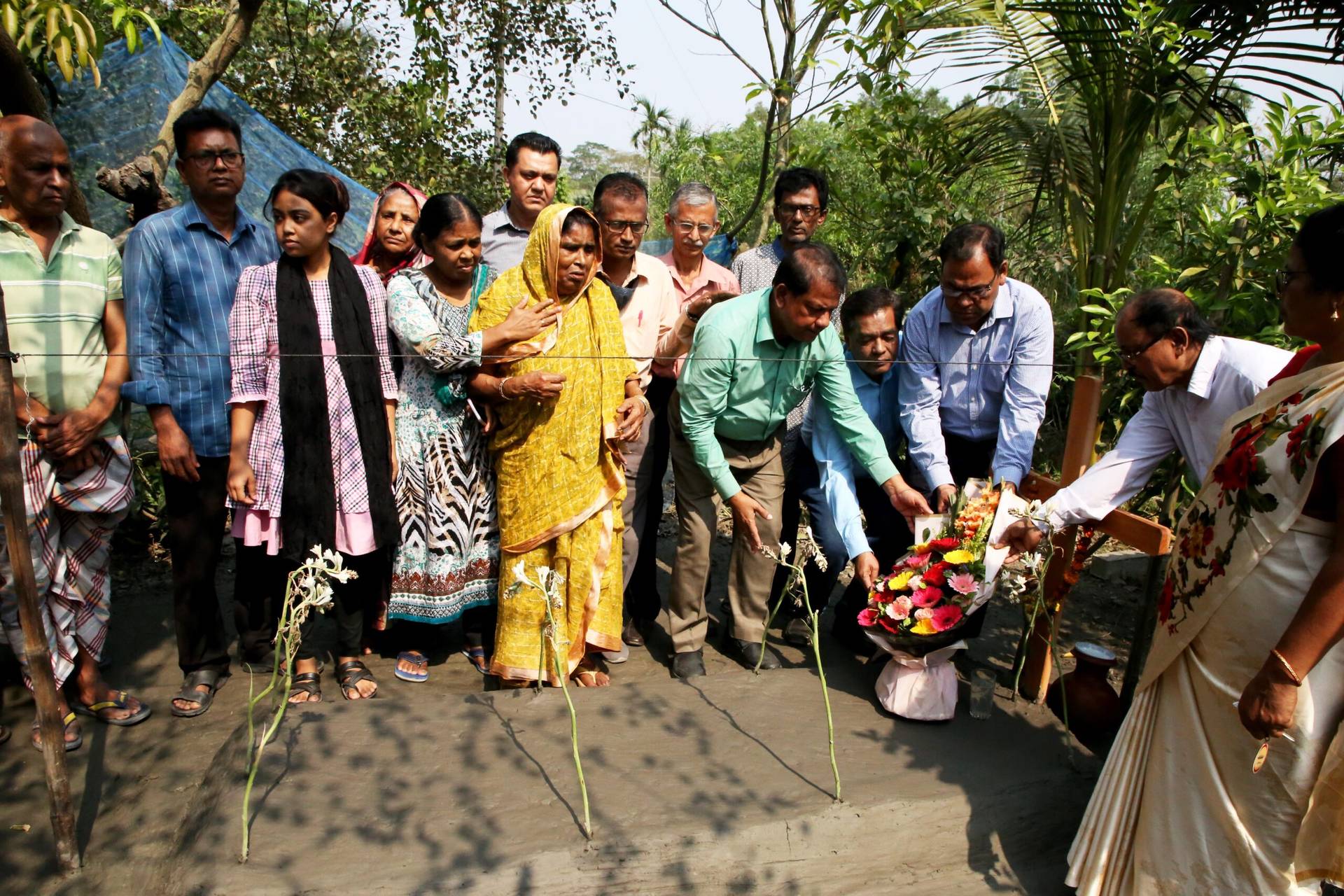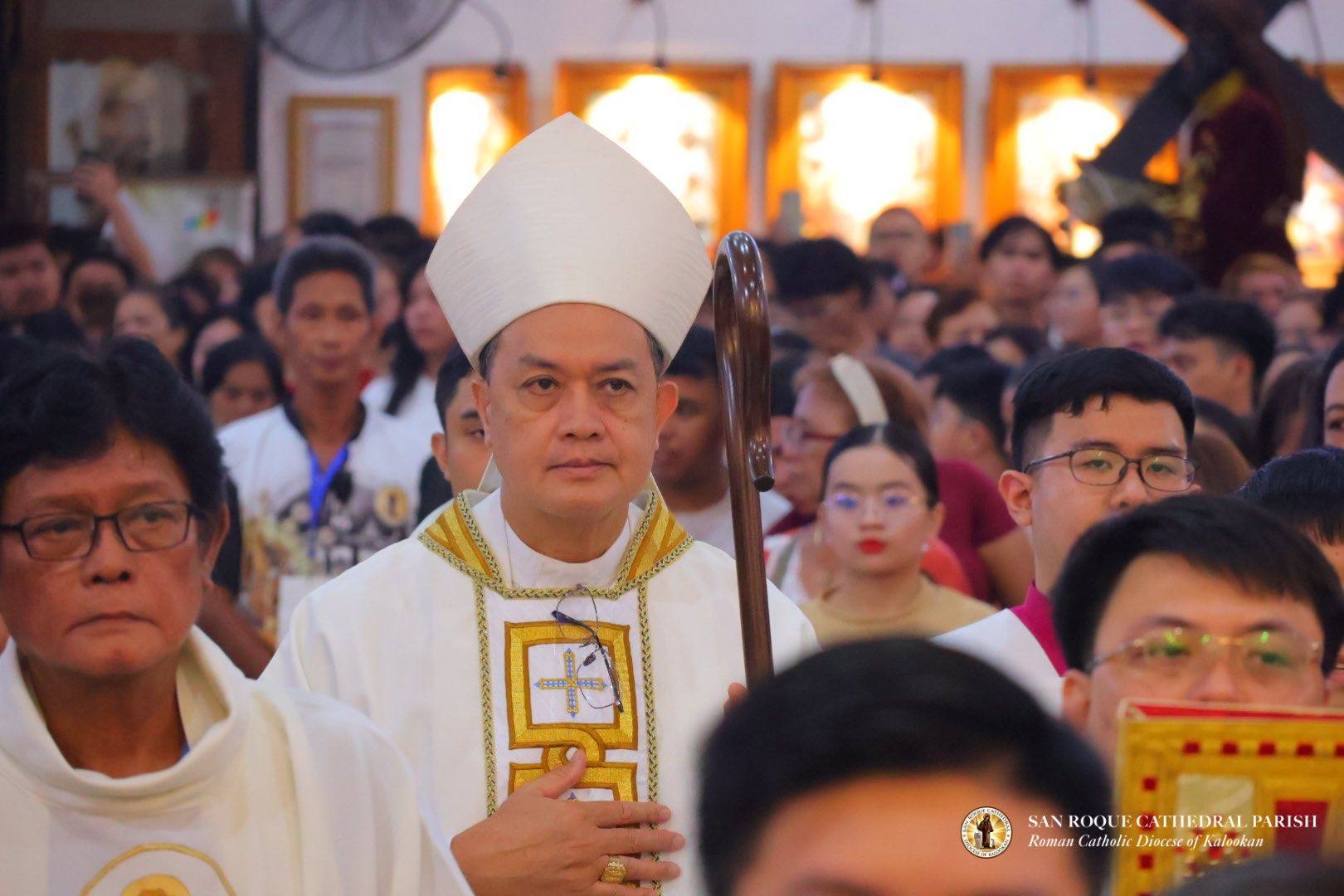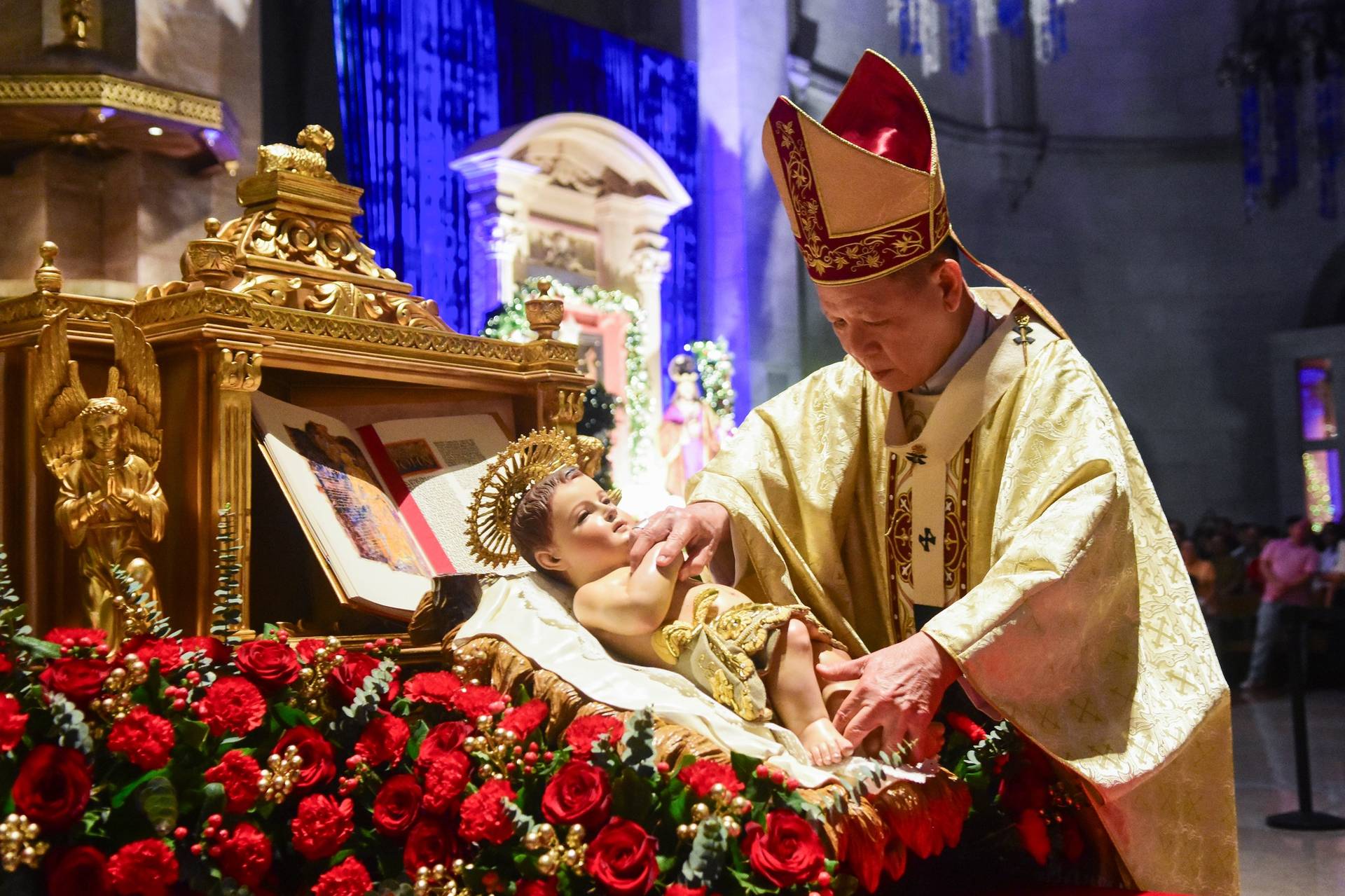WICHITA, Kansas — Father Emil Kapaun, a priest of the Wichita Diocese who laid down his life as a military chaplain during the Korean War, received South Korea’s highest military decoration posthumously in Seoul July 27.
Ray Kapaun, Father Kapaun’s nephew, accepted the Order of Military Merit on behalf his uncle, a candidate for sainthood, from President Moon Jae-in.
The award, South Korea’s highest decoration for outstanding military service, was given to the “Jesus of the Korean War,” as Father Kapaun is known, for his dedication to peace and freedom on the battlefields of Korea. It was presented on the 71st U.N. Forces Participation Day.
Ray Kapaun’s wife, Lee, accompanied her husband at the presentation at Cheongwadae, known as the Blue House. It is the executive office and official residence of the president.
Father Kapaun, who has the title “Servant of God,” was ordained a priest for Wichita June 9, 1940. He served as a U.S. Army chaplain in World War II and the Korean War and held the rank of captain.
He died in 1951 in a North Korean POW camp after heroically serving his fellow prisoners. His cause for canonization is now under consideration by the Vatican Congregation for Saints’ Causes.
“Under the extreme situation of being wounded and taken prisoner, Father Kapaun showed bravery of protecting freedom, peace and his belief,” said Moon, according to a Korea Times story on the award presentation.
“Also, he celebrated Mass to pray for the enemy, which was a true practice of love,” said Moon, who is Catholic. He added the late priest’s life “will become a great spiritual legacy for not only the U.S. and Korea but also for all of humanity.”
In March, Father Kapaun’s remains were identified by the U.S. Defense POW/MIA Accounting Agency from among nearly 800 unknown soldiers buried around 1956 in the National Memorial Cemetery of the Pacific in Honolulu. The transfer from North Korea was the result of the 1953 Korean Armistice Agreement.
His remains will be flown to Kansas after a Mass Sept. 23 in Honolulu’s Cathedral Basilica of Our Lady of Peace. A vigil will be held the evening of Sept. 28 at Hartman Arena in Park City, Kansas, just outside Wichita. A morning funeral Mass will be celebrated at the arena the next day. Afterward the priest’s remains will be entombed in the Cathedral of the Immaculate Conception in Wichita.
Father Kapaun will be in front of the large crucifix in the east apse of the cathedral, which was moved closer to the wall to make room for Father Kapaun’s tomb. The foundation originally under the cross is being reinforced for the 5,500-pound marble vault.
“In addition to the liturgical events, we’re working with officials to give Father Kapaun all the military honors and we’re receiving a lot of RSVPs from all over the country from those in the military and lay faithful who wish to pay their respects,” Scott Carter, coordinator of the Father Kapaun Guild, told The Catholic Advance, Wichita’s diocesan newspaper. “It’s going to be a momentous event.”
Diocesan officials are preparing for visits and pilgrimages to the cathedral after Father Kapaun’s remains are entombed.
“There are a lot of people excited to have him back,” Carter said. “There is a lot of attention now nationally and internationally.”
In South Korea The Korea Times also reported that Moon said that Father Kapaun’s “sacrifice and commitment” — and that of the others he honored the same day from 22 countries — “have become the pride of the Republic of Korea.”
Carter said a Catholic publishing company in Korea is republishing “The Story of Chaplain Kapaun: Patriot Priest of the Korean Conflict,” published in 1954 by the late Msgr. Arthur Tonne. The book was translated into Korean by a South Korean cardinal when he was a seminarian.
In a 2013 White House ceremony, Father Kapaun was awarded the Medal of Honor posthumously for his heroic actions on the battlefield. It is the United States’ highest military honor.
Riggs is editor of The Catholic Advance, newspaper of the Diocese of Wichita.















